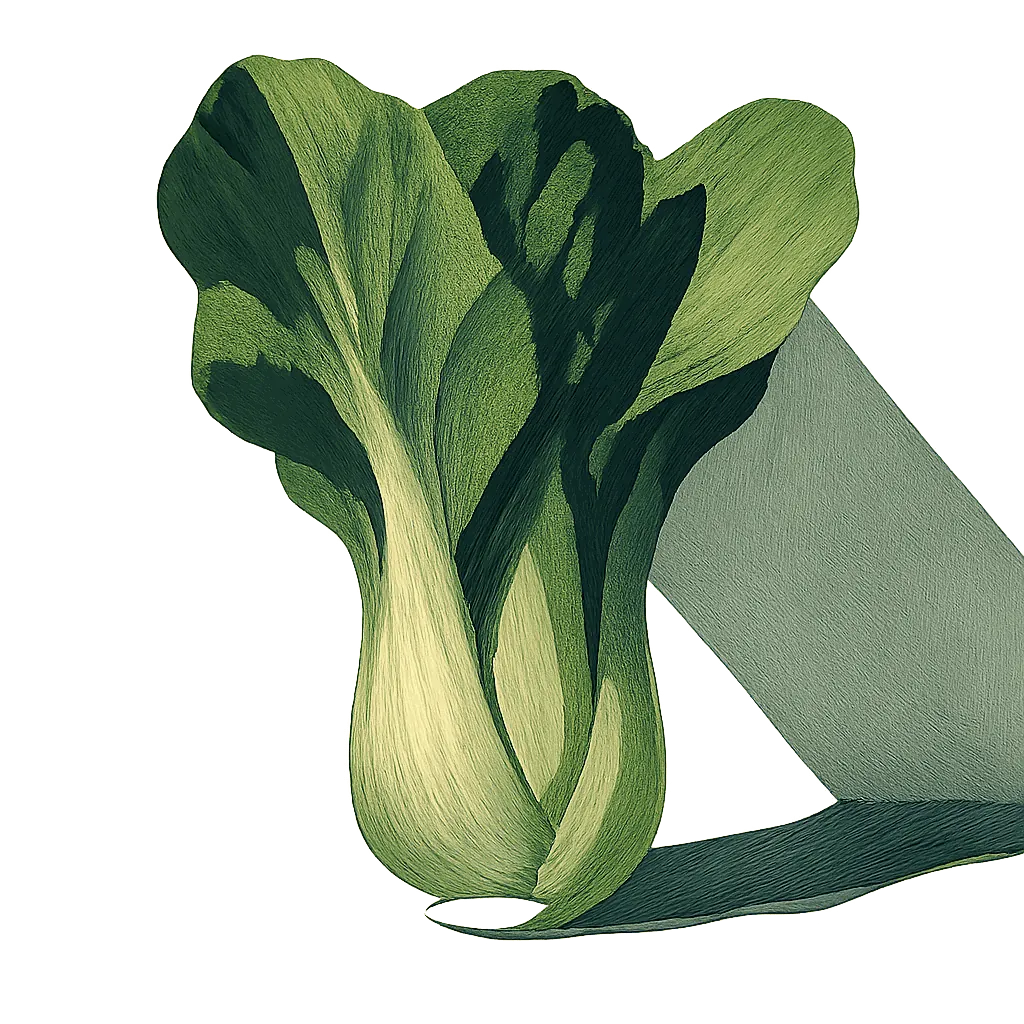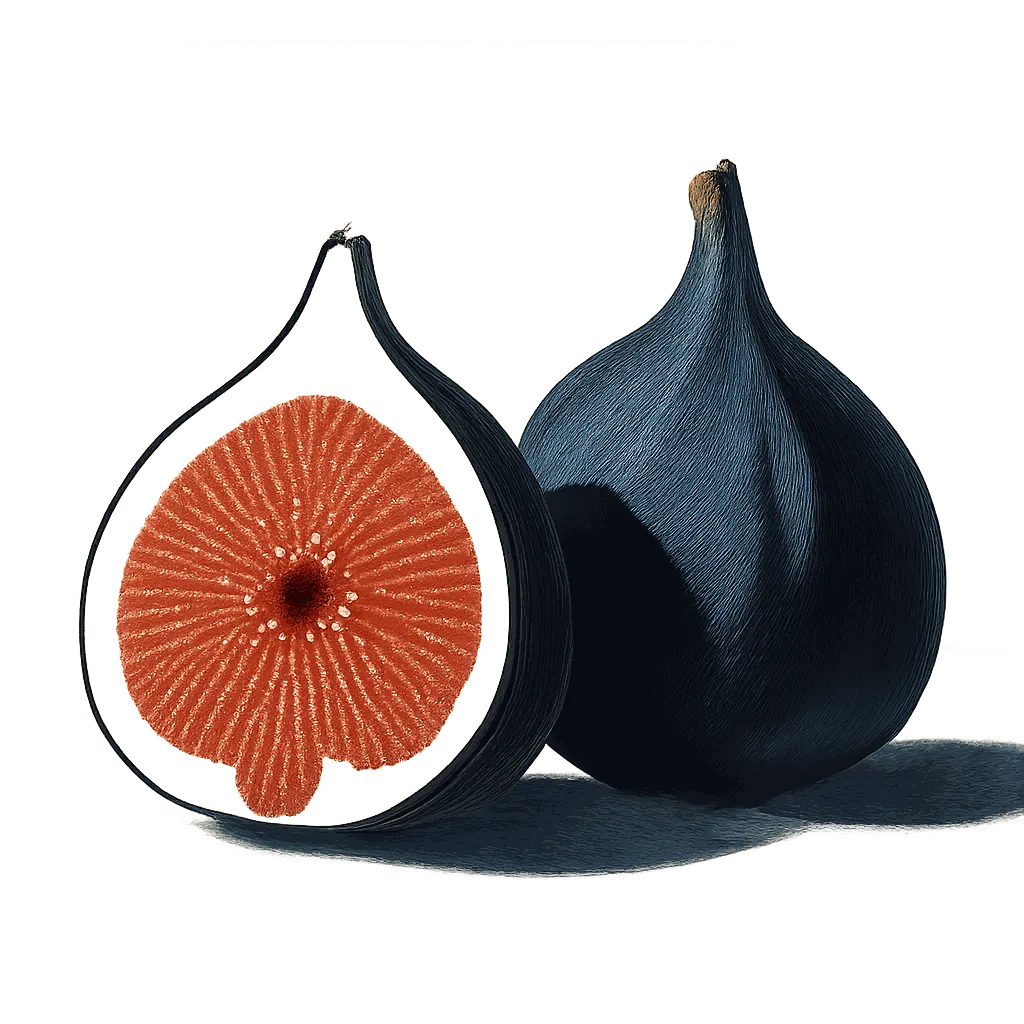Perfect Pairings & Recipes for
Light Rosé

Analysing hundreds of thousands of recipes uncovers light rosé's optimal flavour pairings.
Light rosé immediately conjures the embrace of raspberry and the kiss of rose, but beneath its sour surface lies a nuanced symphony of subtle flavour notes: peach, blossom, and even hints of grapefruit that contribute remarkable depth. The key to a truly exceptional harmony lies in knowing how these notes harmonise and interact.
To map these harmonies, we analysed thousands of ingredients, breaking each one down across 150 flavour dimensions, identifying which notes complement and contrast. Our exploration reveals, for instance, how the earthy, green 2-isobutyl-3-methoxypyrazine in roasted red pepper can infuse with light rosé, and how double cream's beurreux notes forge a beautiful synergy with its bright sweetness.
Flavour Profile Of Light Rosé Across 150 Dimensions Of Flavour
Flavour wheel chart showing the dominant flavour notes of Light rosé: Raspberry, Rose, Peach, Blackberry, Grapefruit, Blossom, Malic, Cherry, Melon, Plum, Limestone, Neroli, Honeyed, Pear, Passionfruit, Apricot, Astringent, Jasmine
An ingredient's flavour comes from its core characteristics, like floral, acidic, and nectarous, combined with its unique aroma notes (outer bars). When pairing ingredients, aim to include a broad variety of core characteristics for a balanced dish. And choose aroma notes that complement each other for a harmonious combination.
The Flavour Code
To understand how flavour notes harmonise, we analysed more than 50,000 popular ingredient combinations. By exploring these pairings, we identified specific flavour notes that frequently occur together, indicating they share a harmonious relationship.
The Flavours That Harmonise With Raspberry Notes
Strength of Association Between Flavours
The flavours most associated with raspberry notes are: Bovine, Ferrous, Gamey, Limestone, Buttery, Cinnamon, Balsam, Hazelnut, Clove, Almond, Bay leaf, Neroli, Sage, Vanilla, Resin.
Our analysis shows that the flavour of raspberry is strongly associated with the flavour of butter. This suggests we should look for ingredients with a buttery flavour, such as double cream, when pairing with the berry-like accents of light rosé.
The recipe below provides inspiration for pairing light rosé with double cream.
Harmonious Flavours Of Light Rosé
Just as our analysis shows that raspberry and beefy notes often complement each other, we can identify the full profile of flavours that harmonise with each of the notes present in light rosé. For instance, the rose notes of light rosé are strongly associated with pencil-lead and lemony notes.
The notes linked to the various aroma notes of light rosé can be seen highlighted in the pink bars below.
Flavour Profile Of Light Rosé And Its Complementary Flavour Notes
Flavour wheel chart showing the dominant flavour notes of Light rosé: Raspberry, Rose, Peach, Blackberry, Grapefruit, Blossom, Malic, Cherry, Melon, Plum, Limestone, Neroli, Honeyed, Pear, Passionfruit, Apricot, Astringent, Jasmine
Matching Flavour Profiles
The flavour profile of roasted red pepper offers many of the aroma notes complementary to light rosé, including capsicum and acetic notes. Because the flavour profile of roasted red pepper has many of the of the features that are complementary to light rosé, they are likely to pair very well together.
Prominent Flavour Notes Of Roasted Red Pepper Are Represented By Longer Bars
Flavour wheel chart showing the dominant flavour notes of Roasted red pepper: Caramel, Charred, Capsicum, Tomatoey, Smoky, Sugary, Glutamic, Honeyed, Molasses, Apricot, Maple, Proteolytic, Cherry, Onion, Burnt, Resinous, Balsam, Peach, Pear, Grapefruit, Acetic, Rosemary, Allicin, Poivre, Astringent, Hickory
The chart above shows the unique profile of roasted red pepper across 150 dimensions of flavour, while the recipes below offer inspiration for bringing these flavours together with light rosé.
Recipes That Pair Light Rosé With Roasted Red Pepper
Linked Flavour Notes
Looking at the notes that are most strongly associated with the various flavours of light rosé, we can identify other ingredients that are likely to pair well.
Light Rosé's Harmonious Flavours And Complementary Ingredients
Light rosé's Strongest Flavours
Complementary Flavours
Ingredients with Complementary Flavours
Flavour groups:
Nectarous
Acidic
Floral
Herbal
Spice
Vegetal
Maillard
Earthy
Carnal
The left side of the chart above highlights the aroma notes of light rosé, along with the complementary aromas associated with each note. While the right side shows some of the ingredients that share many of the notes complementary to light rosé.
Prominent Pairings
Our analysis identifies dishes that pair well with light rosé and highlights the prominent ingredient combinations within these recipes. Key pairs include shallot and Dijon mustard offering pungent aroma, Niçoise olive and haricot vert for bitterness, thyme and lemon juice for cedrine depth, and green bean and black olive for a complex olivine undertone. Explore these combinations to unlock light rosé's hidden complexity, reveal deep nuance, and elevate its vibrant character.
Ingredient Combinations Among Dishes That Pair With Light rosé
Flavour groups:
Sour
Botanic
Herbal
Spice
Tawny
Earthy
Bitter
How Flavonomics Works
We've pioneered a unique, data-driven approach to decode the intricate art of flavour pairing. Our goal is to move beyond intuition and uncover the science of why certain ingredients harmonise beautifully. This rigorous methodology allows us to provide you with insightful and reliable pairing recommendations.
Our analysis begins with over 50,000 carefully selected recipes from acclaimed chefs like Galton Blackiston, Marcello Tully, and Pierre Lambinon. This premium dataset ensures our model distils genuine culinary excellence and creativity.
Each ingredient from these recipes is deconstructed across 150 distinct flavour dimensions, creating a unique numerical "flavour fingerprint." This quantification allows us to apply advanced analytical methods to identify complex patterns between flavour notes.
We identify popular ingredient combinations that frequently appear in our recipe database. Regression analysis is then performed on these pairings to statistically validate and pinpoint truly harmonious flavours.
These insights drive our predictive model, which allows us to take any ingredient (e.g., Light rosé), analyse its detailed flavour profile, and accurately reveal its complementary flavours and perfect ingredient partners.
Explore More
Discover more ingredient profiles and expand your culinary knowledge. Each ingredient page offers detailed analysis of flavour profiles, pairing insights, and culinary applications.
The content on our analysis blog is semi-automated. All of the words were manually written by a human, but the content is updated dynamically based on the data.


